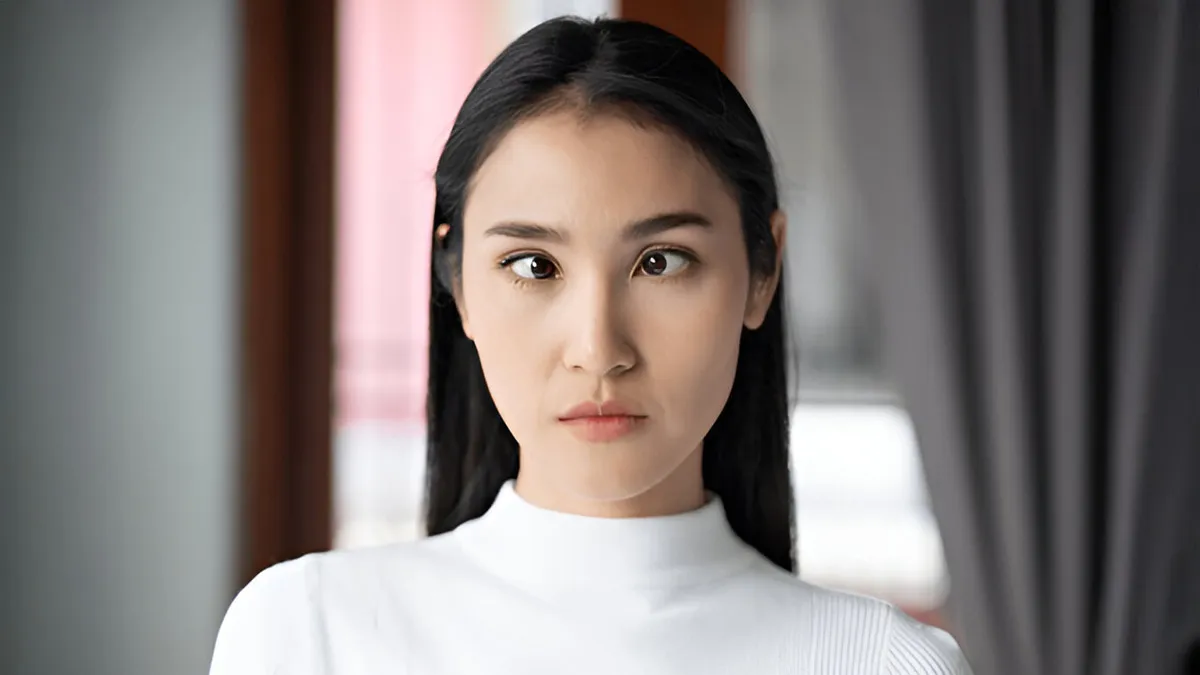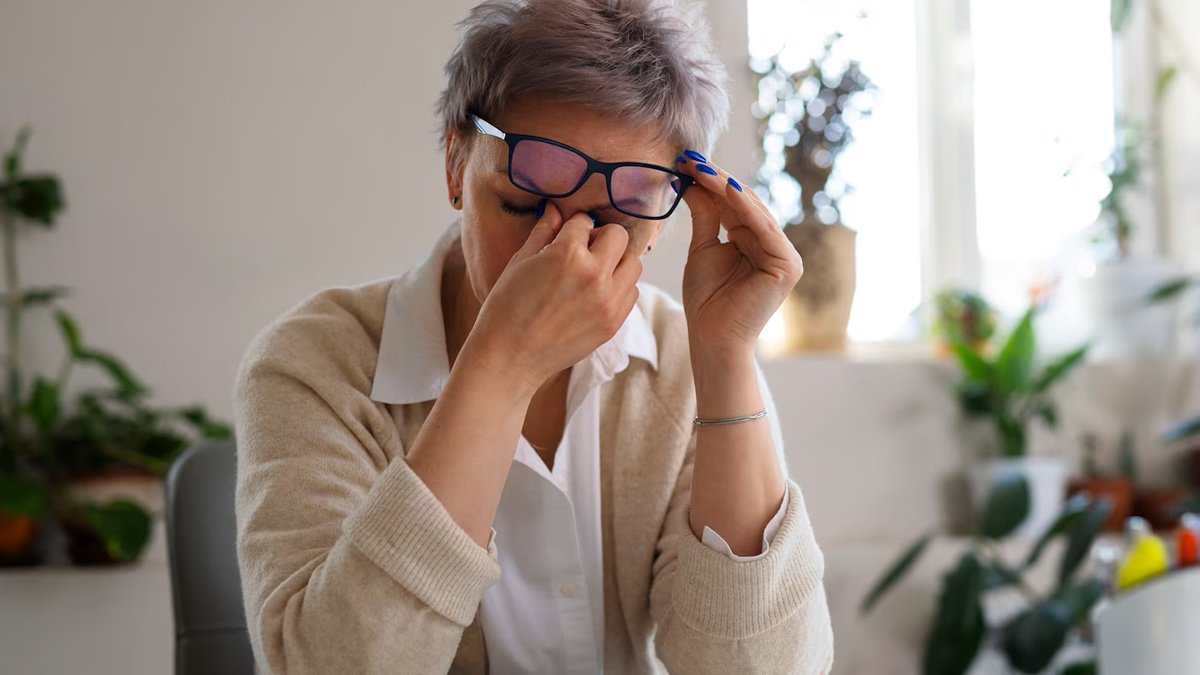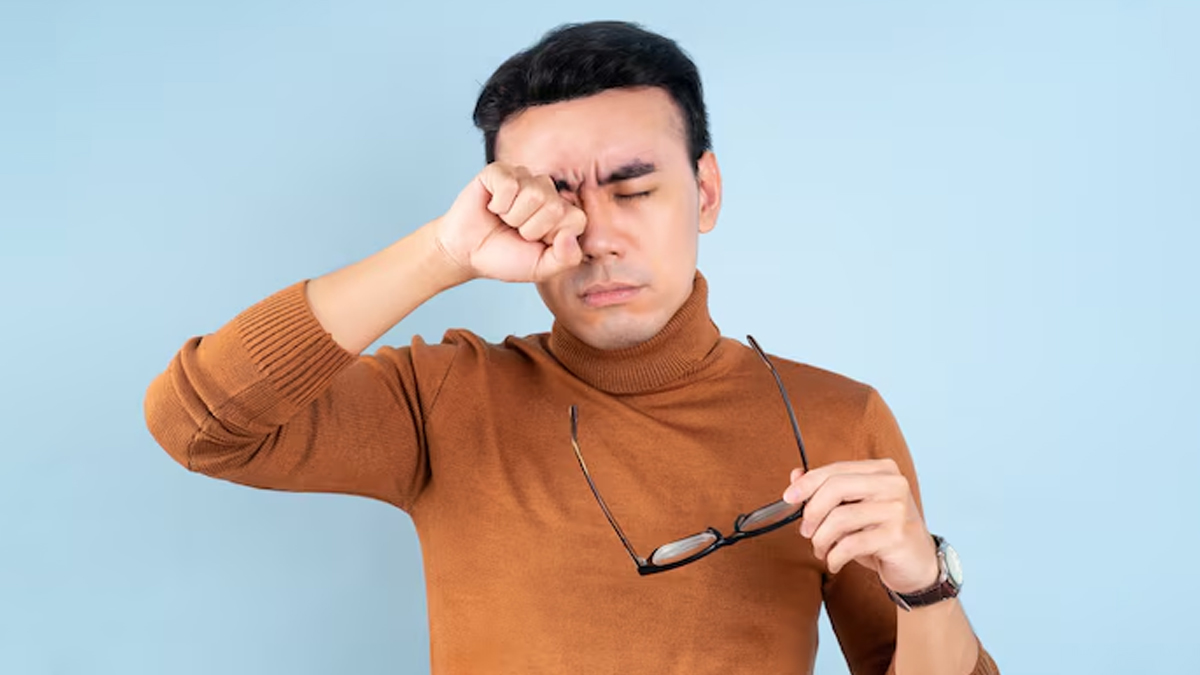
Have you ever heard the term 'lazy eye' and wondered what it truly means? It describes a condition where the vision in one eye doesn't develop as it should during early childhood. This condition, known medically as amblyopia, isn't about an eye being 'lazy', but about poor coordination between the eye and the brain.
Table of Content:-
While many people associate a lazy eye with a visible eye turn or misalignment, a separate condition called strabismus, amblyopia can often have no obvious physical signs. To shed more light on what amblyopia is, its common and subtle symptoms, and whether it can be treated, the OnlyMyHealth team spoke to Dr Purendra Bhasin, MBBS, MS (Ophthalmology), and Founder & Director – Ratan Jyoti Netralaya, Gwalior.
Also Read: Elton John Shares ‘Distressing’ Update on Deteriorating Eyesight: “I Can't See My Boys…”
What Is A Lazy Eye?

Dr Bhasin described lazy eye as a vision development disorder where one eye fails to achieve normal visual acuity, even with prescription glasses or contact lenses.
Amblyopia, or lazy eye, occurs when the brain and one eye are not working together properly, he explains, adding that over time, the brain favours the stronger eye and ignores signals from the weaker one, leading to poor vision in that eye.
According to the National Eye Institute (NEI), amblyopia starts in childhood, affecting up to 3 out of 100 children. As per the health body, it is the most common cause of vision loss in kids.
Causes of amblyopia include strabismus (eye misalignment), significant differences in refractive errors between the two eyes (anisometropia), or deprivation from cataracts or droopy eyelids that block visual input.
Is It Possible To Identify Lazy Eyes Without A Noticeable Eye Turn?

According to Dr Bhasin, amblyopia can occur without a visible eye turn. This type is often referred to as refractive amblyopia. "In such cases, both eyes appear to be aligned, but one eye may have a much stronger refractive error (like farsightedness or astigmatism) than the other. The brain begins to rely more on the clearer image from the stronger eye and suppresses the blurred input from the weaker eye. Because there is no outward sign, such as strabismus, this type can easily go undetected without a proper eye exam," he explained.
The doctor added that this type of amblyopia is particularly subtle and can easily go undetected without a comprehensive eye exam. Hence, he listed some of the subtle signs that one should watch out for:
- Squinting or closing one eye, especially in bright light
- Tilting the head frequently
- Poor depth perception
- Difficulty catching or throwing objects
- Frequent eye rubbing or complaints of eye strain
- A child favouring one eye over the other
Moreover, in school-aged children, poor academic performance or difficulty reading may also be an indirect clue. "Since children may not realise they are seeing poorly in one eye, regular eye exams are essential — especially before starting school," advised Dr Bhasin.
Also Read: Ageing and Vision: Expert Explains How Our Eyes Change As We Age
Can Lazy Eye Be Treated?

Amblyopia was believed to be treatable only in children under the age of 7 or 8, said Dr Bhasin. However, recent studies and clinical experience have shown that treatment can still be effective into adolescence and even adulthood, although the success rate is lower compared to early intervention. “The brain’s plasticity, its ability to adapt, decreases with age, but it does not disappear entirely.
Therefore, while early treatment yields the best results, it is never too late to explore treatment options.
For adults with undiagnosed or untreated amblyopia, the treatment approach may include:
- Prescription glasses or contact lenses to correct refractive errors
- Vision therapy exercises to improve coordination between the eyes and brain
- Occlusion therapy (patching the stronger eye), although less commonly used in adults
- Atropine drops in the stronger eye to blur its vision and force use of the weaker eye.
- In some cases, virtual reality and computer-based programs are used to stimulate visual development.
“Though results in adults may take longer and may not lead to complete recovery, significant improvements in vision and binocular function are still possible. Consulting an ophthalmologist or optometrist who specialises in amblyopia and neuro-visual therapy is important for a tailored treatment plan,” Dr Bhasin concluded.
Also watch this video
How we keep this article up to date:
We work with experts and keep a close eye on the latest in health and wellness. Whenever there is a new research or helpful information, we update our articles with accurate and useful advice.
Current Version